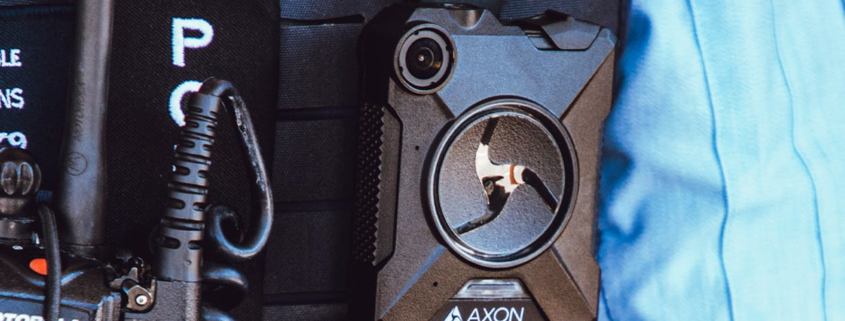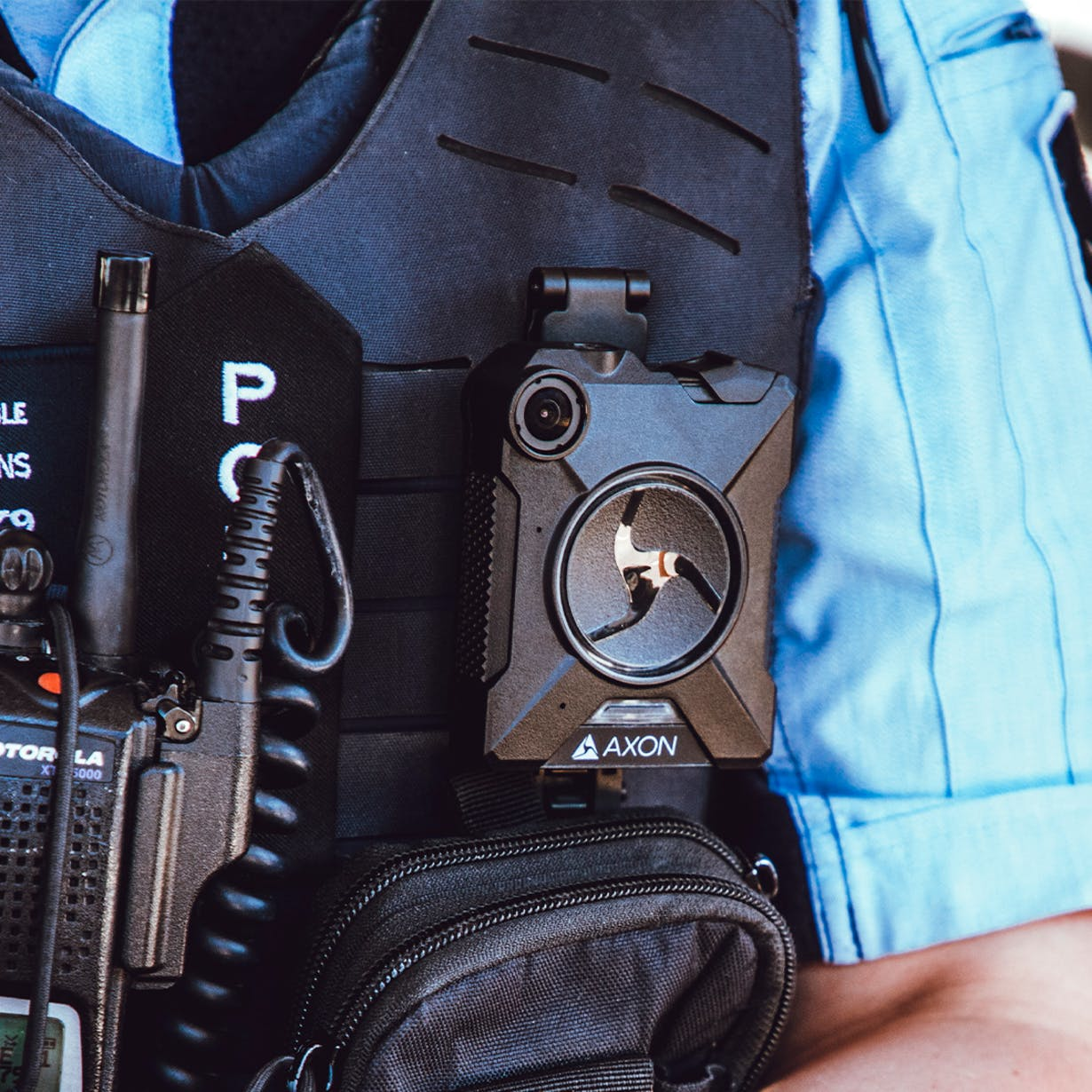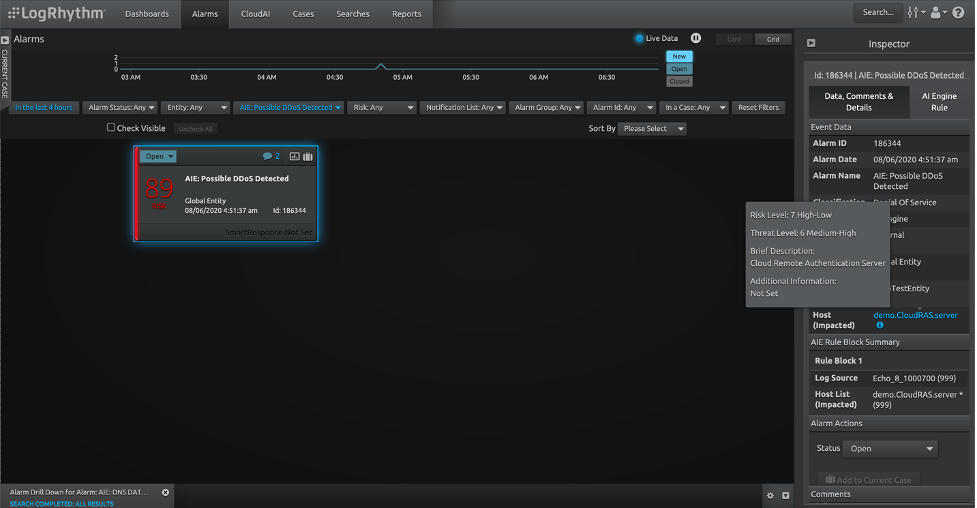Key Takeaways from Federal R&D Workshop Focused on 5G Testing and Use Cases for Drones and Smart Warehouses | Wiley Rein LLP
On April 27 and 28, 2021, the Networking & Information Technology Research-Development (NITRD), Advanced Wireless Test Platform (AWTP), and Federal Mobility Group (FMG) hosted a Workshop on the FMG’s Framework to Conduct 5G Testing (Framework), published last November. The purpose of the webinar was to “provide an overview of the process and the testing framework elements needed to conduct 5G testing for different use cases.” The workshop focused on two selected federal 5G use cases: unmanned aircraft systems (UAS or drones) and smart warehouses.
Below, we highlight several key takeaways from the workshop.
First, the Framework aims to guide federal agencies in establishing 5G testing capabilities suited to their needs through either: (1) building or leasing a testbed from a carrier-grade equipment manufacturer; (2) using existing external labs and testbeds (e.g., a federal lab, university lab, or in coordination with DoD); or (3) through some combination of the two.
Second, the National Science Foundation (NSF) is focused on how the Government is using both testbeds and data-driven research to support 5G use and innovation. NSF recently issued a Request For Information on dataset needs “to conduct research on computer and network systems,” with comments due by May 21.
Third, the FMG’s Mobile Security Working Group is focused on FISMA mobility metrics to drive key technologies like mobile threat defense, which aims to advance the overall security posture of the federal government on mobile platforms.
Fourth, within NITRD and the AWTP there is a Wireless Spectrum R&D interagency working group (WSRD) that has been involved in the whole-of-government effort under the National Strategy to Secure 5G Implementation Plan’s Line of Effort 1.1, to assist with “[r]esearch, development, and testing to reach and maintain United States leadership in secure 5G and beyond.” WSRD’s work related to this Line of Effort remains ongoing.
5G Use Case: Drones
The workshop included several UAS use case panels, which discussed the use of cellular frequencies for drone operations and UAS Traffic Management (UTM) issues.
Christopher Nassif, from the Federal Aviation…





